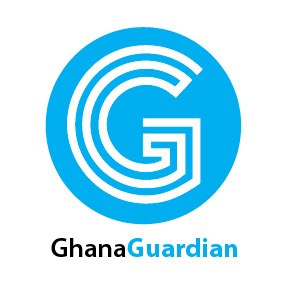Discover the latest updates on Google Bard, Google's answer to ChatGPT. Explore the expanded availability of the chatbot in 180 countries, new language options, and enhanced features.
Learn how integration with Google services and image interactions revolutionize the chatbot experience.
Introduction:
Google Bard, the tech giant's chatbot, has recently undergone significant developments.
Since its initial announcement in March, the chatbot has garnered attention for its potential to revolutionize interactions with artificial intelligence.
Now, Google has expanded Bard's availability to users in 180 countries, eliminated the need for a waiting list, and introduced exciting new features and language options.
This article delves into the enhanced capabilities of Google Bard, including its integration with Google services and the innovative use of images for interaction.
Unlocking New Possibilities:
Greater Accessibility and Integration At the Google I/O conference, Google unveiled its plans to make Bard widely accessible to users across 180 countries.
This move eliminates the waiting list, allowing interested individuals to experience the chatbot without delay.
The expanded availability opens up a world of possibilities for users to engage with Bard's advanced capabilities and explore its potential in various linguistic and cultural contexts.
To further enhance the chatbot experience, Google has integrated Bard with its suite of services.
This integration allows users to seamlessly incorporate Bard into their daily interactions with Google products.
By leveraging the power of Google services, users can access Bard's features while utilizing familiar tools, creating a more streamlined and integrated experience.
Empowering Language and Creativity:
New Language Options and Image Interactions Google has expanded Bard's language capabilities by incorporating Google PaLM 2 large language models (LLM).
These advanced models enhance the chatbot's proficiency in mathematics, text understanding, and coding.
With improved language processing, Bard can provide more accurate and contextually relevant responses, catering to a wider range of user needs and preferences.
An exciting addition to Bard's functionality is the integration of Google Lens.
Users can now leverage the power of images in their interactions with the chatbot.
For instance, users can share a photo of two dogs with Bard and request a humorous image description.
This innovative use of images adds a creative and dynamic element to conversations, enabling users to explore the fusion of visual and textual interactions.
Embracing Developer Community:
Code Export and Collaboration Google acknowledges the importance of software developers in advancing AI systems.
To cater to their needs, Bard now offers an export button, allowing developers to seamlessly export code to platforms like Colab or Replit.
This streamlined workflow empowers developers to leverage Bard's capabilities and integrate them into their projects and applications more efficiently.
By fostering collaboration and code sharing, Google aims to create a vibrant developer community around Bard, enabling innovation and further advancements in the field of AI.
Conclusion:
Google Bard's recent expansion and feature enhancements mark a significant milestone in the realm of chatbot technology.
With its wider availability in 180 countries, integration with Google services, and advanced language models, Bard promises a more immersive and intuitive user experience.
The integration of Google Lens and image interactions introduces a creative dimension to conversations, while the export button caters to the needs of developers, fostering collaboration and innovation.
As Google continues to refine and expand Bard's capabilities, users and developers alike can look forward to an increasingly seamless and impactful chatbot experience.

Comments